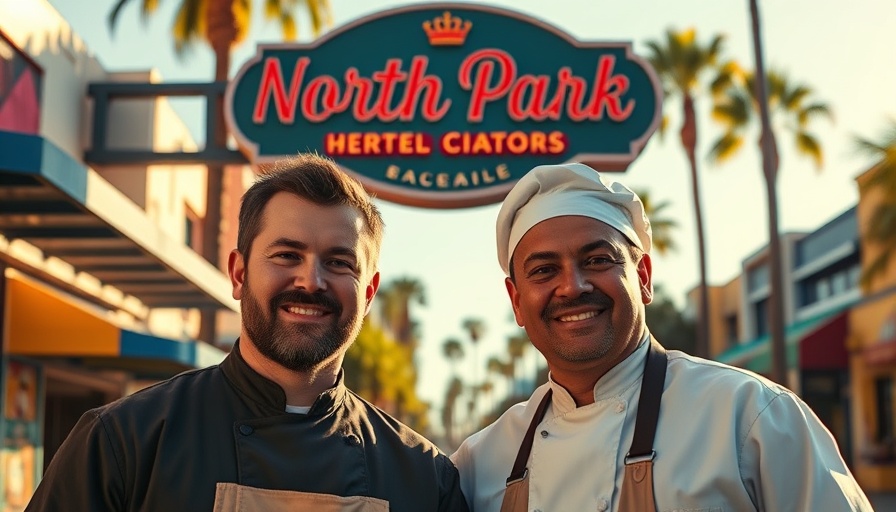
San Diego Residents Face New Water Rate Challenges
The San Diego County Water Authority is trimming its proposed water rate increase in response to vocal criticism from city officials. Initially, the Water Authority suggested an 18 percent increase, then lowered it to 12 percent, and ultimately adjusted it to 10.4 percent. Despite this reduction, council members, notably Sean Elo-Rivera and Marni von Wilpert, expressed that this rate hike remains burdensome for San Diegans struggling to make ends meet.
Community Concerns Over Rising Costs
Councilmember Elo-Rivera's concerns echoed throughout the council meeting, as he emphasized that the Water Authority seems disconnected from the financial strain experienced by local residents. He called for further reductions in the proposed increase, urging the Water Authority to explore budget cuts, such as freezing vacant positions or scaling back on capital projects.
"The complete disregard for the impact of the costs on the people that we serve is unacceptable," Elo-Rivera stated, encapsulating the sentiments shared by several council members who worry about the cumulative impact of rising utility bills on working families.
Communication and Trust Issues
Another point of contention is the Water Authority's budget for communications and paid sponsorships. Elo-Rivera questioned the authority’s spending on advertisements that some believe could be better directed towards reducing rates or assisting those in need. An analyst from the Independent Budget Analyst’s office supported these concerns, suggesting that a reevaluation of the authority’s spending could uncover ways to further cut costs.
A Path Forward? Settlements and New Opportunities
Interestingly, a recent announcement indicated that the Water Authority had finally reached a settlement with the Metropolitan Water District after a prolonged legal dispute that cost millions. This settlement could pave the way for the authority to sell water to regional partners and potentially explore out-of-state sales, both of which could alleviate financial pressures and theoretically lead to lower rates for residents.
General Manager Dan Denham noted that the ongoing increases are affected by rising labor costs and the loss of revenues following the exits of several districts from the Water Authority. Such factors necessitate careful planning to ensure that rates remain manageable in the future.
The Local Perspective: Stakes at Play
San Diego’s reliance on the Water Authority complicates these discussions. As the city wields significant influence—holding ten seats on the Board of Directors—it possesses the power to advocate for more favorable terms and push for cost-effective practices. Elo-Rivera's letter to Denham expressed a firm stance, warning of the possibility that the city could sever ties with the Water Authority if rates remain unacceptable.
For residents, understanding these dynamics is essential. As rate increases begin to erode household budgets, active participation in civic discussions becomes increasingly important. Residents should consider voicing their concerns to city officials or participating in public forums to emphasize the urgency of making water rates more equitable.
Your Role in the Conversation
Engagement from the public is crucial during this pivotal moment. Residents can influence the course of the Water Authority's decisions by attending public meetings, submitting comments on proposed rate changes, or directly communicating with their elected representatives. By voicing concerns and advocating for practical solutions, San Diegans can help shape a future where access to affordable water is prioritized.
This approach not only holds the Water Authority accountable but also strengthens community ties, fostering a collective movement advocating for responsible governance and sustainable practices.
In conclusion, as discussions continue, San Diego residents should remain informed and active in advocating for fair water rates. The community can be part of the solution by voicing concerns and supporting initiatives that promote financial equity and accessibility in essential services.
 Add Row
Add Row  Add
Add 




Write A Comment